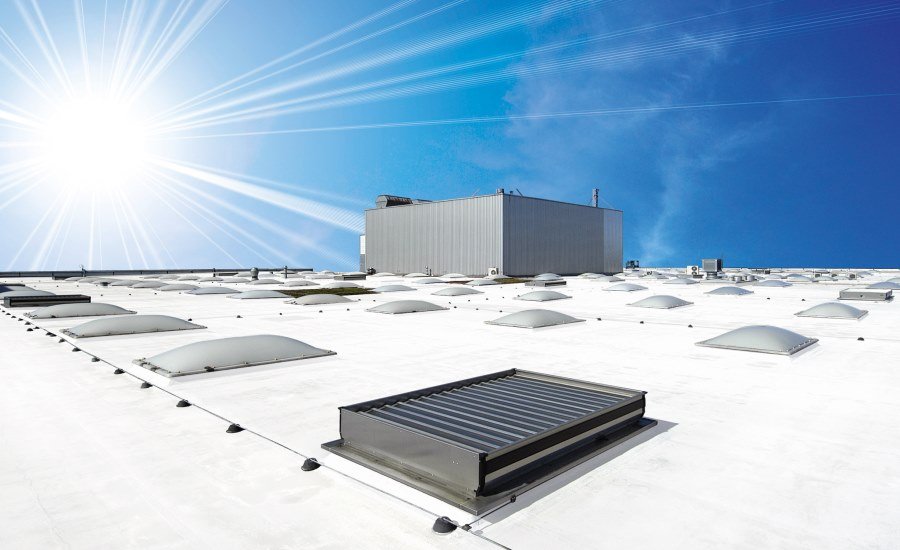Recruiters are Spraying, Praying, and Delaying
Written By: James Aiken
Email | LinkedIn

The Spray
Joe the Human Resources Manager received an email from the General Manager. The GM was asking once again how their recruiting pipeline for a sales representative for an under-performing region was going. With the current union negotiations, safety ceremonies, scheduling, strategic planning, and middle-manning negotiations, let’s be frank – he didn’t exactly have the free time to source and recruit, let alone interview endless candidates. In this case, Joe decided to throw some meat to the wolves. Joe emailed four of his favorite contingency recruiters and gave them a shot.
Within a few days he heard the comforting ding, ding, ding from emails of candidates from his external recruiters. As he opened each email, he began noticing these candidates hardly had anything to do with the sales vacancy. They distributed hardwood flooring and most of his candidates didn’t have anything to do with flooring or distribution sales, let alone the construction industry.
The Pray
On the other side of the computer, Joe’s recruiters were praying…
They were praying that Joe wouldn’t have any other options. They were hoping that one of the stretch candidates would work. They were crossing their fingers that they could get a quick and easy placement, just this time…
While reading a hard sell from one of his recruiters on the ‘high potential’ of a candidate who only had experience selling telephone packages to local businesses, Joe started to wonder how is this possible. Joe gave the recruiters a specific outline, yet all none of the candidates so far are even considered eligible for interview! He rejects the candidates and waits it out hoping that they will bring some better candidates to the table. A few days pass, no emails. Another week passes, and he has no new candidates. “What the hell happened? Where are my recruiters?”
The Delay
Joe emails out to his recruiters asking where all of the candidates are and is lucky enough to get a response from about half of them:
“It looks like the market is pretty tight…”
“We just aren’t seeing any applicable candidates”
“We have a couple in process… We should see a good candidate by next week!”
“Here’s a candidate, he’s a little on the green side, but he may work for this…”
Joe’s recruiters are already giving up on the role and he’s being put back into square one.
Why do bad things happen to good people?

Opening Up Pandora’s Box of Candidates
The reason is: your external recruiters are “spraying and praying”! Many contingency recruiters are focused on making a ‘quick fill’ due to competition, leading to heavy selling and pressure on action. This isn’t necessarily their fault, after all, they know they’re up against other contingency recruiters so there is much more of a focus on speed versus quality. Some external recruiters keep throwing in candidates until something sticks, and quick! They aren’t as concerned with recruiting as much as they are aggregating.
Many are using less efficient tactics such as posting the job description anywhere and everywhere, then screen all of the people that apply and forward the ‘top’ candidates. This is much more popular in larger agencies where they are getting big discounts on posting jobs on LinkedIn, CareerBuilder, Monster and ZipRecruiter. Heck, some of them even post professional roles on Craigslist.
Utilizing Your Town Crier and a “Help Wanted” Sign
Would you try to hire the top talent in your market by putting an ad in the local newspaper? How about staple it up on a board in city square? Would you put a sign in your window or hire the town crier to scream it at everyone downtown? You would get some type of response, but is the elite salesperson going to see it? If elite talent sees it, are they going to make the effort to make a contact when they’re already successful and satisfied in their current role?
\Although the internet has made connecting to more candidates through job portals and job boards, this still isn’t much more than putting a “Help Wanted” sign on your virtual workplace. This system worked great when it was a company-driven employee market, but nowadays it is absolutely outdated. Many, many more people were looking for work in 2008 so firms really were able to easily snatch up some of the pick of the litter through job postings that everyone was looking at.
Look at where we are today. Its 2018 and unemployment is lower than ever (especially in the construction products industry). Firms are fighting harder than ever to retain their top talent. The best players in your market aren’t applying to job ads on CareerBuilder and Monster. Top candidates aren’t posting their resume on Indeed. Heck, they may not even be on LinkedIn! If you’re outsourcing a search, you need to make sure you’re tapping into hyper-specific markets.
Don’t Run an Ad, Make a Friend
Associates in your industry and region need to be contacted directly. Yes, this does take much more time – but if it leads to a better hire, who looks like a hero? Due to the nature of a contingency search, external recruiters are much less apt to dedicate ten to twenty hours per week. They can’t isolate time on planning, searching, sourcing, interviewing and presenting when there is no commitment from the client. Think about it, would you send your taxes out to five different accountants working on a contingency basis, then use whichever one’s work looks the best?
Recruiting to Complete Your Firm’s Justice League
Do you want to look like a team-building aficionado or is it okay for you to hire average employees? Get away from the recruiters who are spraying your job descriptions everywhere and praying that a decent candidate applies. You need a partner who is going to be meticulous and dedicated, not under competitive pressure and rushed. If you’re focused on being seen as the talent mastermind at work – you need the strong recruiters of Legacy Search.








